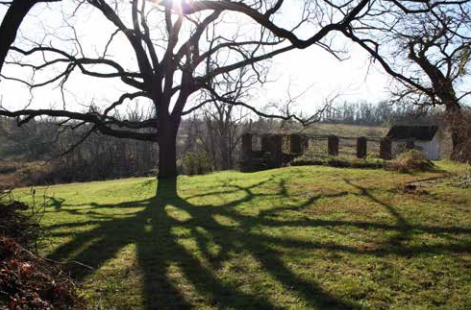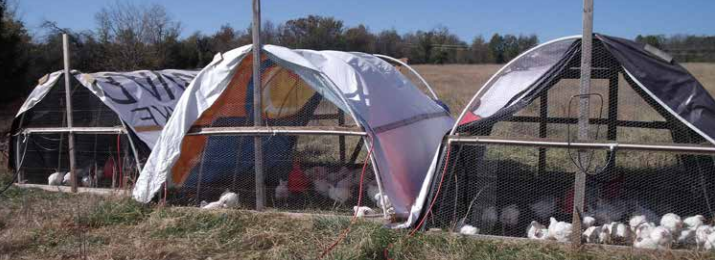New Pear Farm, AR
Andy Thomas
When the Johnson Pear Farm was founded in 1908, it was miles from Fayetteville. These days, Ozark Land Trust’s historic New Pear Farm (as it is now called) is just beyond Fayetteville’s City Limit. Over the decades, Ben Johnson and his sister Anne Prichard, multi-generation family owners, witnessed chunk after chunk of neighboring lands being gobbled up by suburbs, strip malls, and freeways as the city sprawled south. Ben, a soft-spoken and rather forward-thinking environmentalist, dearly loved his family’s legacy and wanted it protected. But rather than “hands-off” conservation, he preferred a more “hands-on” approach where the soils and productivity of the farm could be engaged to produce healthy local food while simultaneously protecting and even restoring its natural resources.

New Pear Farm, AR
Ben’s philosophy epitomized “Regenerative Agriculture” before this trendy buzzword was ever conceived. In order to fulfill his dream, Ben befriended the fledgling OLT and served on its Board for many years beginning in the early 90’s. Slowly and methodically (over ten years), he donated four distinct, contiguous parcels of land (201 acres total) to OLT to protect in perpetuity. Ben didn’t live to see his dream of ecological agriculture being implemented on New Pear Farm, but his trust in OLT and its mission created an incredibly vital greenspace among a sea of development at the foot of Kessler Mountain. The importance of Ben’s vision to the region in terms of conservation, local food production, and education is still unfolding, but it will likely become even more critical and valuable as time moves on…

Chicken shelters in New Pear Farm, AR
